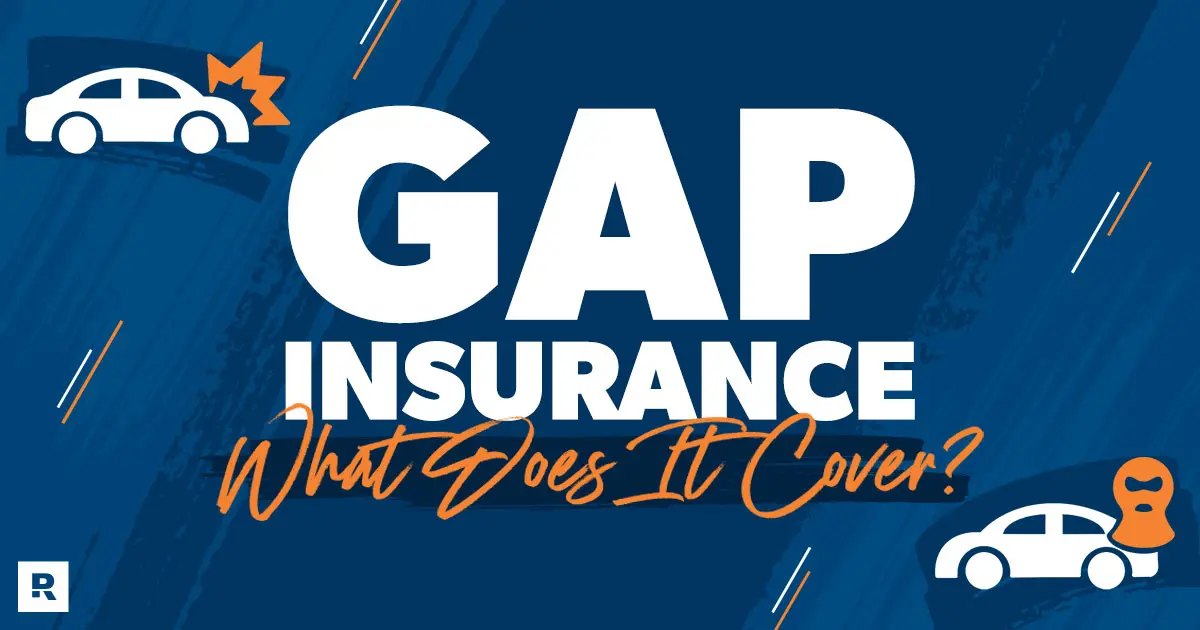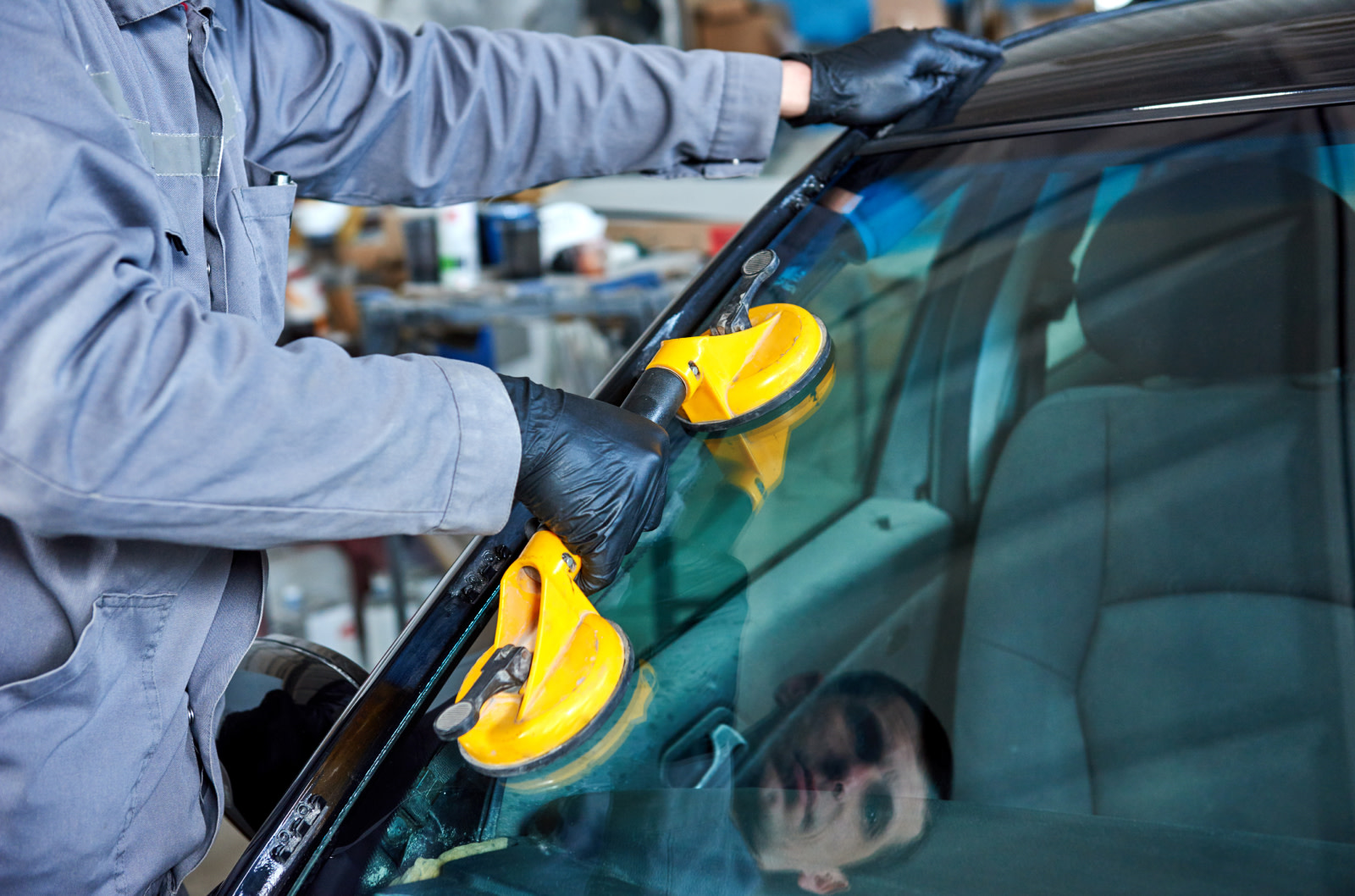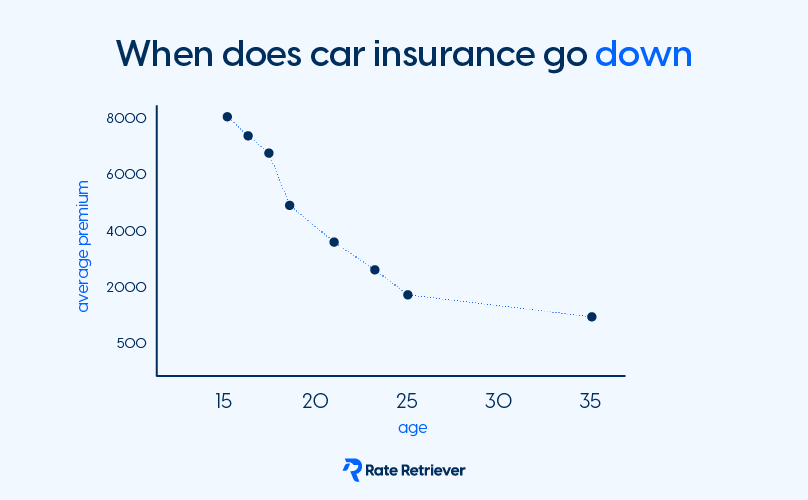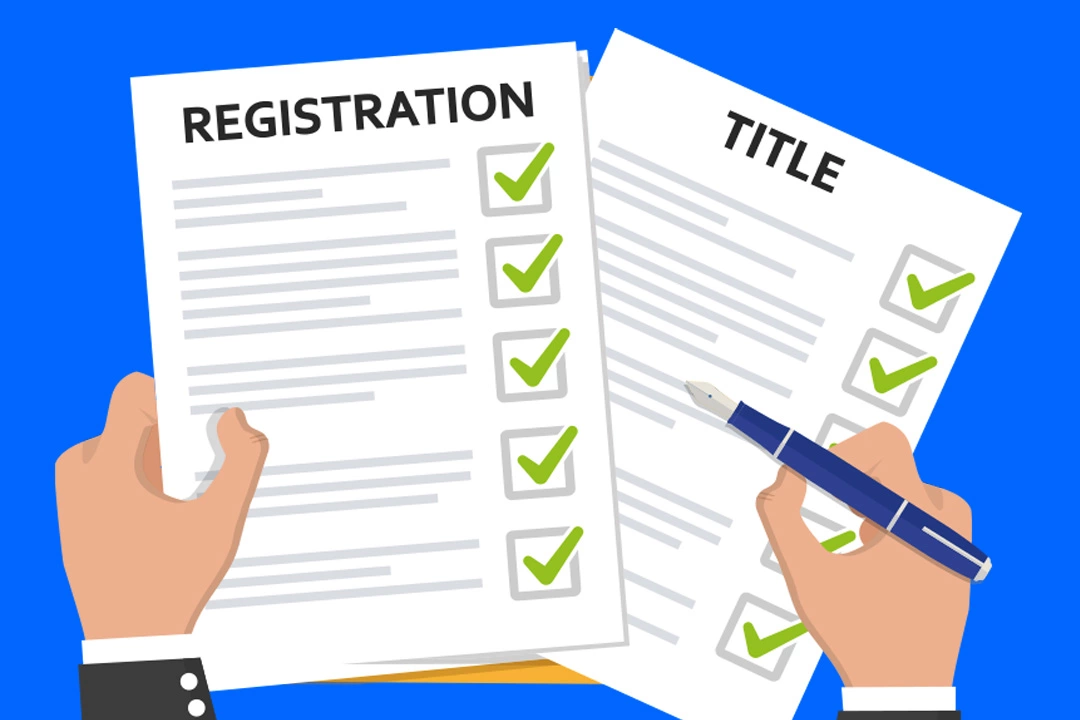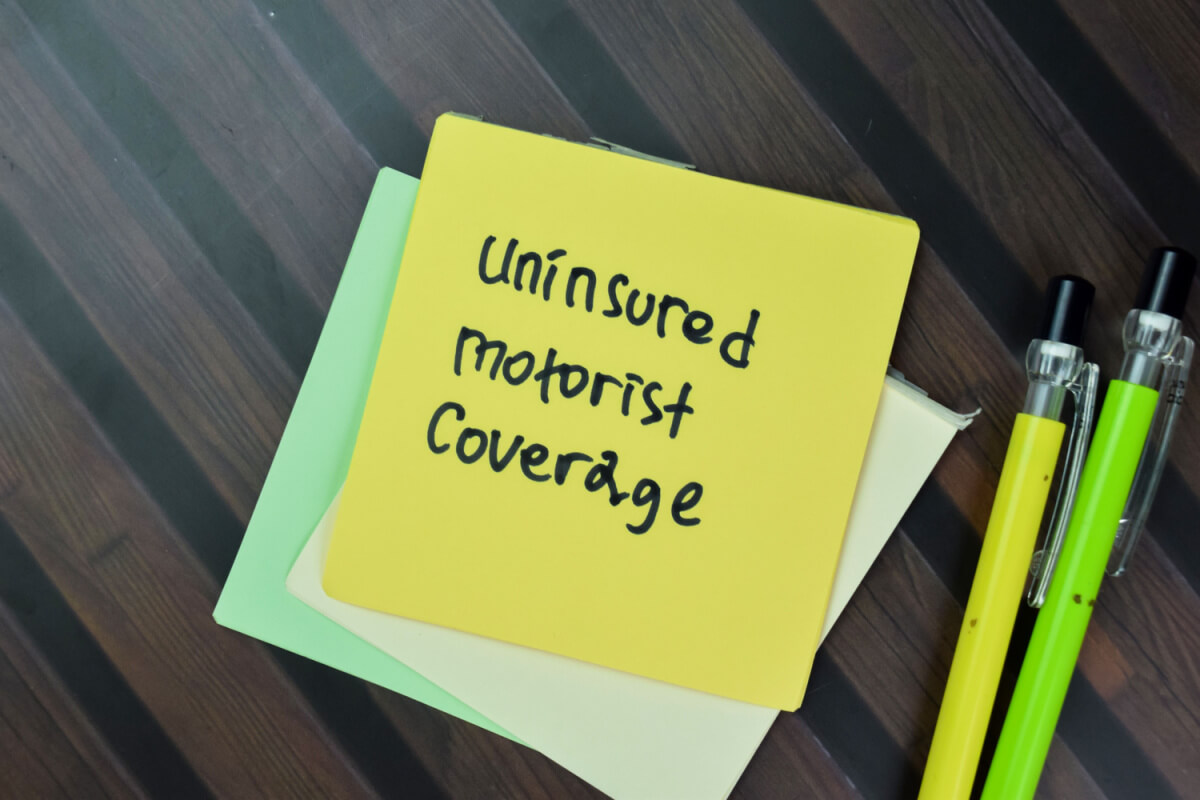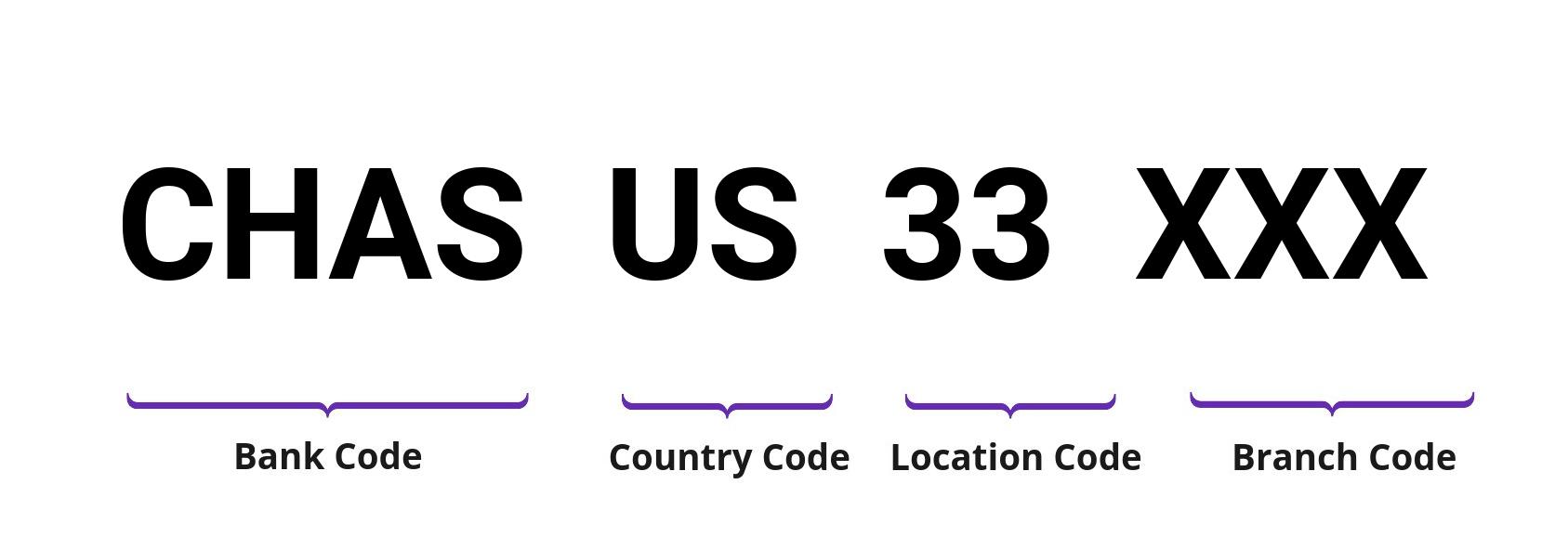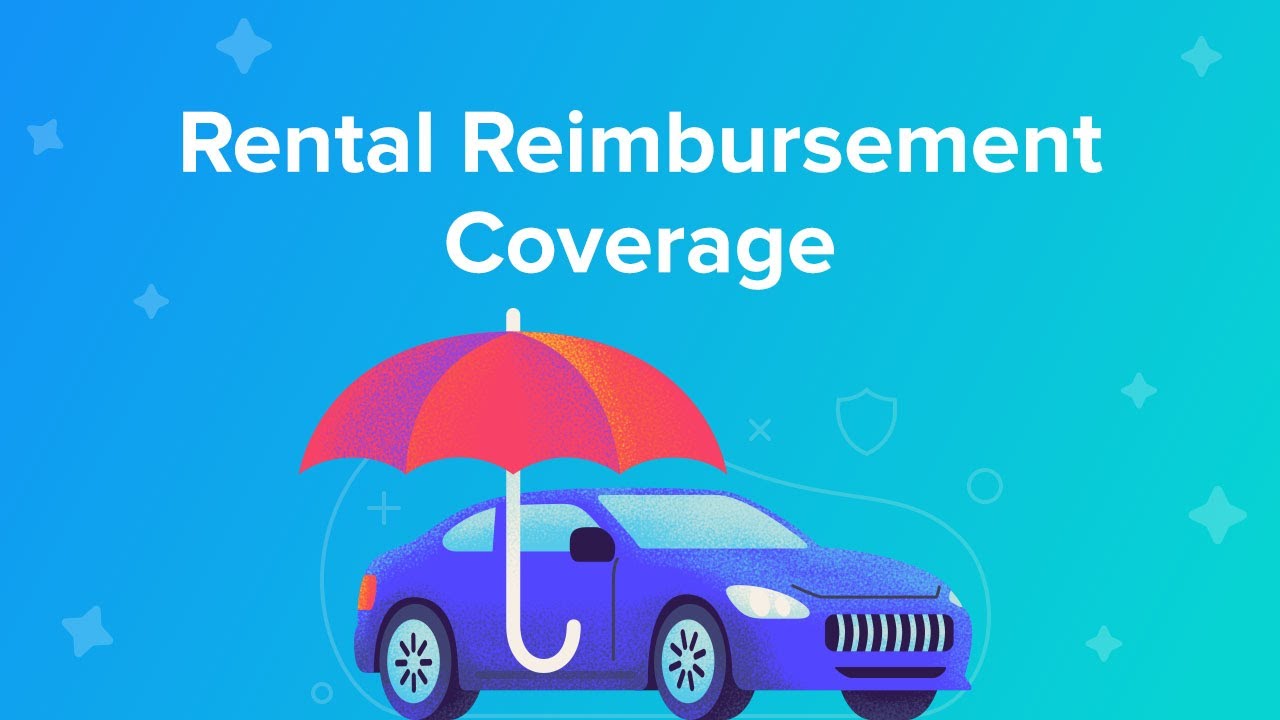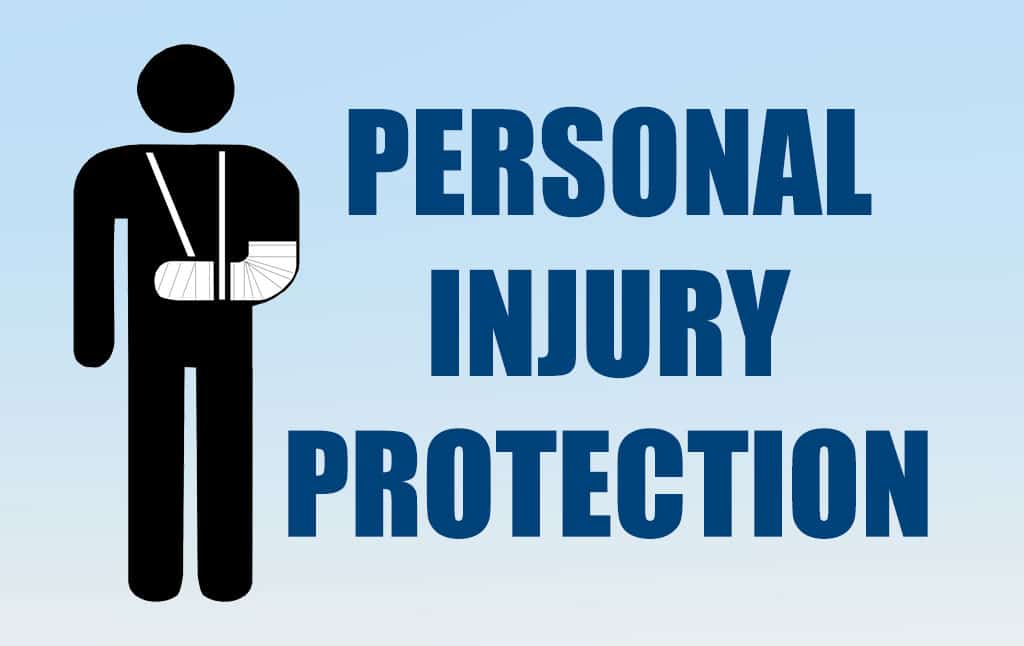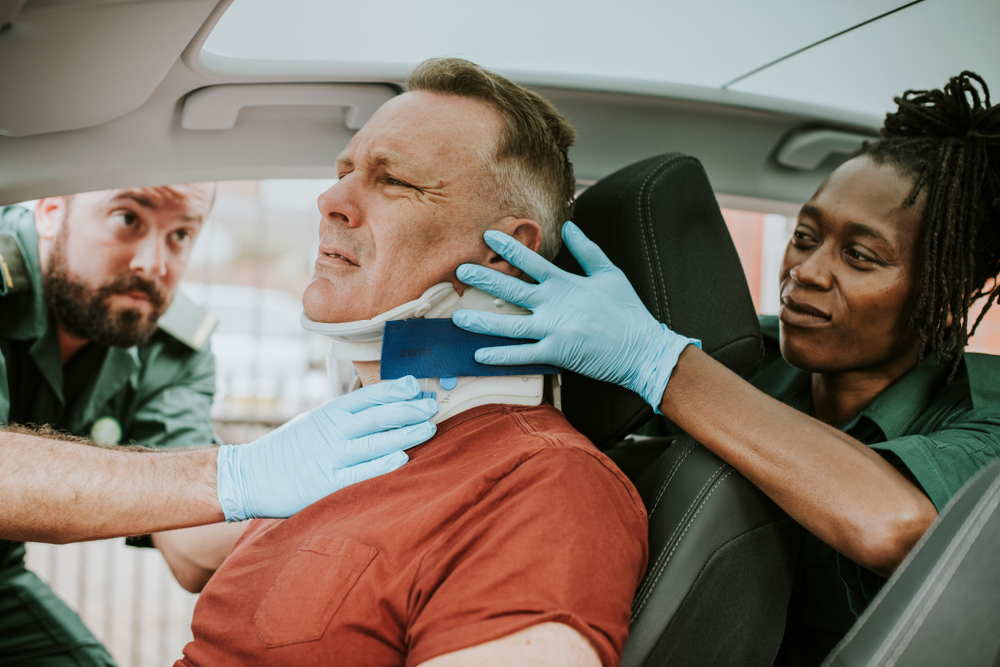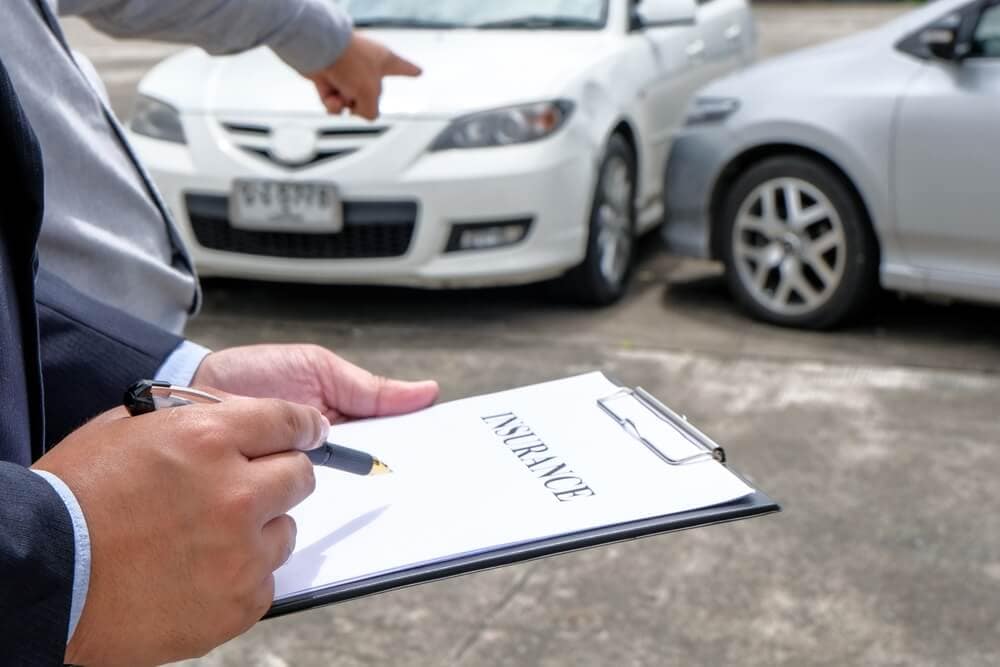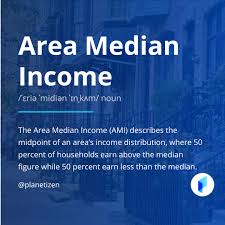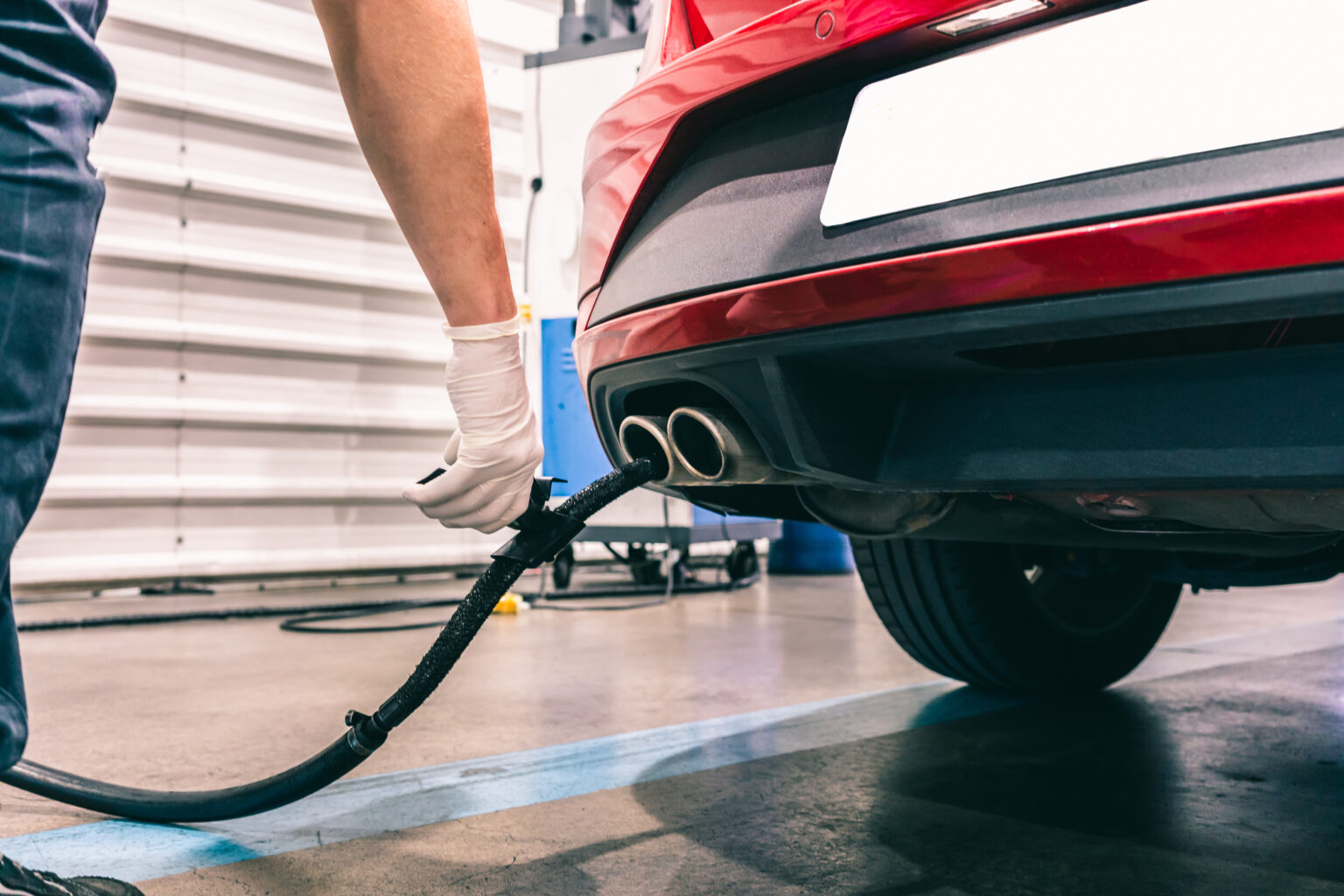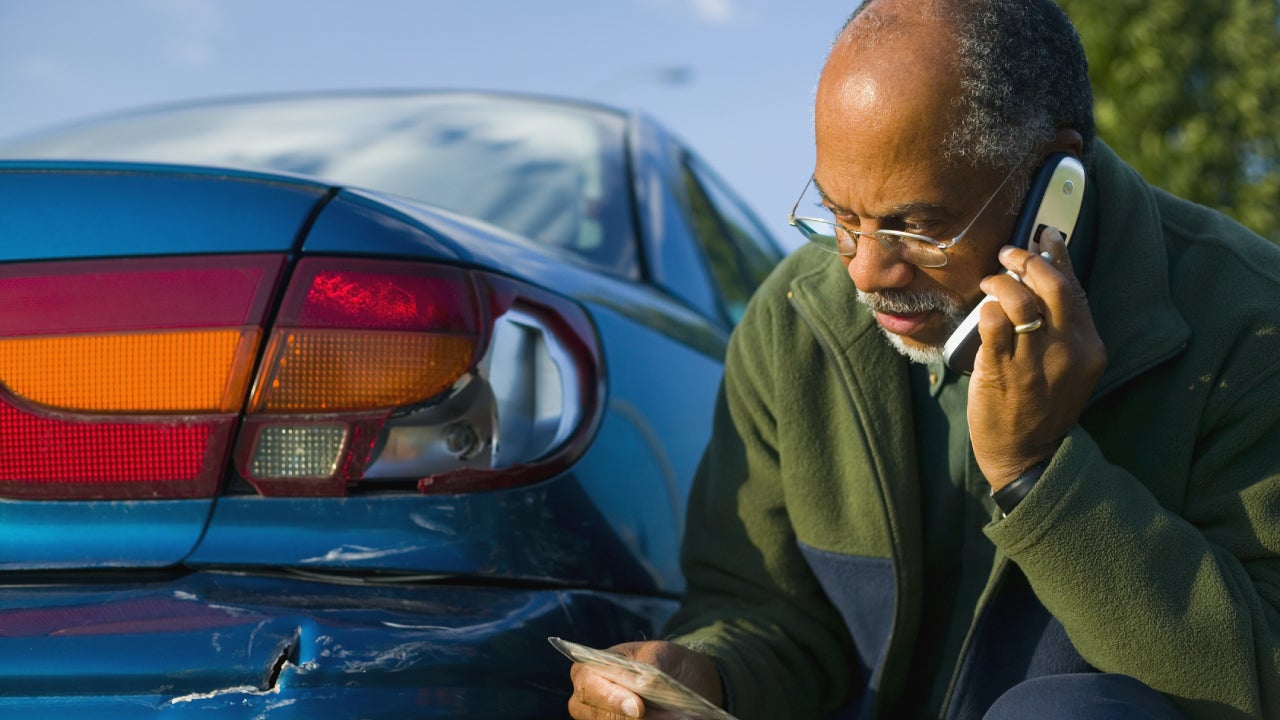Buying a car from a private seller can be a smart way to save money compared to purchasing from a dealership — but it also comes with extra responsibility. Unlike dealerships, private sellers don’t offer warranties, financing, or extras. That means you’ll need to do a little more homework to make sure you’re getting a fair deal.
This guide will walk you through everything you need to know about buying a car from a private seller, from research and inspections to negotiation and completing the sale.
Why Buy From a Private Seller?
Private sales often mean lower prices because there’s no dealer markup. You may also find unique models or well-maintained older vehicles that aren’t available at dealerships.
However, the process requires more diligence. You’ll need to:
- Verify the car’s history
- Handle paperwork and registration
- Ensure you have the right insurance before driving off
If you’re prepared, you can land a great deal. Let’s go step by step.
Step 1: Research and Prepare
Before browsing listings, take time to get your finances and needs in order:
- Set your budget: Decide how much you can put down and whether you’ll need financing. Many buyers prefer cash to avoid complicated private-party auto loans.
- Know your must-haves: Make a list of features you can’t live without (fuel efficiency, safety ratings, mileage limits, etc.).
- Check state requirements: Some states require proof of insurance before you can register or drive a newly purchased vehicle. You can check your state’s DMV requirements here.
💡 Pro tip: Create a folder with all the documents you’ll need — ID, proof of address, and eventually, insurance details.
Step 2: Find the Right Car
Now it’s time to start shopping. Check local listings on platforms like Craigslist, Facebook Marketplace, or dedicated car sites like Autotrader.
When you find something interesting:
- Ask for the VIN (Vehicle Identification Number). Use it to get a vehicle history report from Carfax or AutoCheck.
- Compare prices. Use Kelley Blue Book to check the fair market value of the car in different conditions.
- Cross-check seller info. If a seller refuses to share the VIN or paperwork, walk away — it could be a scam.
Step 3: Meet the Seller Safely
Meeting a stranger for a big purchase can feel intimidating. Always prioritize safety:
- Meet in a public, well-lit area (many police stations even offer designated “safe exchange” zones).
- Bring a friend or family member with you.
- Never meet at the seller’s home for the first time.
When you meet, take time to look over the car and ask questions about its history, maintenance, and reason for selling.
Step 4: Inspect, Test Drive, and Get a Mechanic Check
A shiny paint job can hide a lot of problems. Here’s how to be thorough:
- Do a physical inspection. Look for dents, rust, and signs of repainting.
- Test drive in daylight. Try both city streets and highways. Pay attention to the brakes, steering, and transmission.
- Hire a mechanic. A pre-purchase inspection can cost around $100–$200, but it may save you thousands by revealing hidden issues.
Step 5: Negotiate the Price
Negotiating with a private seller can feel awkward, but it’s part of the process. Here are a few strategies:
- Use market value data. Bring printed Kelley Blue Book reports to justify your offer.
- Leverage repair needs. If the mechanic flagged issues, subtract the estimated repair costs from your offer.
- Understand seller motivation. If they’re moving soon or need quick cash, they may accept a lower price.
- Check for missing extras. Missing manuals, spare keys, or accessories can be negotiation points.
Step 6: Complete the Sale
Once you’ve agreed on a price, it’s time to make it official:
- Get everything in writing. Create a simple bill of sale with the buyer’s and seller’s info, price, date, mileage, and signatures. Many states have templates on their DMV websites.
- Verify title and registration. The seller must provide a clear title in their name. No title = red flag. Learn more about transferring a car title.
- Make a safe payment. Use a cashier’s check or money order — avoid carrying large amounts of cash.
- Go to the DMV together. Transfer ownership, handle registration, and provide proof of insurance if required.
Step 7: Get Insured Before Driving
In almost every state, you’ll need auto liability insurance before driving your new ride. The easiest way is to call your insurance company with the VIN and have them add the car to your policy on the spot.
If you’re shopping for coverage, compare rates from trusted providers like:
Once your coverage is active, you’re ready to hit the road! 🚗
Final Thoughts
Buying a car from a private seller can be one of the best ways to score a deal — but it’s not without risks. Do your homework, stay safe, and don’t rush the process. A little extra effort now can save you from headaches later.




